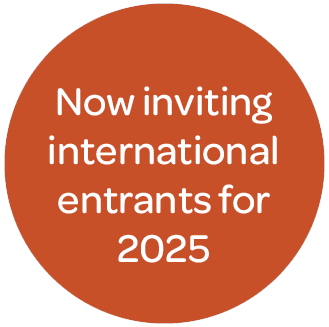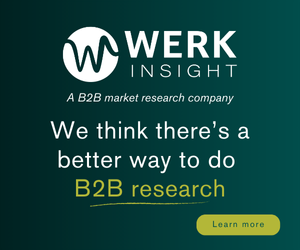Speed to value: Unlocking the value of research quickly
Incite Marketing Planning Ltd – 12 July 2019
Source Research World
Often with research, deliverables dictate the timings of clients’ decisions rather than vice versa, and outputs are cumbersome with limited utility post-presentation.
It doesn’t have to be this way. Applying Agile principles to research unlocks its value earlier, helping clients make better decisions, faster. We call this speed to value.
Agile is a project management technique that was popularised by software developers in the late 1990s.
Through working with specialists in web design/build and technology-based innovation, we’ve seen the benefits of Agile processes first-hand.
Companies that deploy Agile principles are culturally different to the organisations that do not. But much of the ethos – collaboration, iteration, working at pace – is transferable to research.
Speed to Value RequirementsThree core principles underpin the speed to value concept:
- Purpose
- Pragmatism
- Informal
Often, time is lost, and the value of research is eroded, by nice-to-haves; being purposeful about goals, and pursuing them single-mindedly, is the key to faster, better outcomes.
Whilst attention to detail is important, when it’s essential to deliver value at speed, trade-offs are required: pragmatists accept that ‘good’ is good enough.
Given speed is of the essence, both agency and client need to be comfortable working informally: sharing key data points before the full set has been analysed; and working closer to the raw materials – data tables, live observation of qual, basic charts.
How does agile research work in practice?The first step is to work closely with the client to develop a visual framework that sets out what the work needs to achieve. Typically, this includes:
- Challenge definition: a clear statement of the research challenge, marketing challenge and business context
- SMART core question: a single focal point for the work
- Issue tree: the detail of the core question broken out to identify the smaller questions that, collectively, will answer the larger one
This material serves as a guide and reference point throughout the project.
Next, we determine what – if any – research is required. Agile research involves doing the research you need and only the research you need. We call this Minimum Viable Evidence: what do you need to know to make decisions and be confident that they are the right ones?
In some cases, primary research isn’t necessary. When it is, surveys and interviews are shorter, and samples are smaller.
Analysis need not wait till the fieldwork is complete: be driven by the client’s schedule, not your own, and provide enough information for clients to make key decisions with the rest following later. We don’t need all the answers – 70% is sometimes enough. And we know that analysis of partial data need not compromise accuracy.
Further time can be saved by making the analysis process collaborative: use the same tools you’d use internally but work directly with insight and marketing teams. Speed is not the only advantage: by working together, final outputs are more relevant to the business, higher quality, and fully owned and understood by stakeholders.
How do the outputs differ?Traditional research outputs are rarely engaging or inspiring. The ‘classic’ research report attempts to do two jobs: telling a ‘story’ with implications and recommendations; and serving as a reference document. But it often fails to do either well. Detailed, data heavy documents aren’t the best way to land action points. And even the most detailed written reports rarely contain all the data in a way that is easy to search and extract.
Agile outputs address these issues:
- Fifteen slide report: summarises actions based on pre-agreed interpretation of the analysis. Refers to the data without trying to comprehensively document it
- Dashboards, interactive files, data tables: fit for purpose as comprehensive reference works; quick and easy to produce
Agile approaches aren’t for everyone. Nor are they right for every project. But when speed to value is desirable, it requires the following from the client:
- Time: often more than a typical (longer) research project, and compressed into a shorter period
- Collaboration: client and agency roles should be fluid and overlapping
- Mutual trust: agency and client work as equals
- Senior stakeholder buy-in (and ideally involvement)
And while these might not always be the easiest things to secure, the benefits of Agile working – not just speed, but speed to value – provide compelling reasons for this way of working to become the new norm. It sets a challenge for clients and agencies alike, but one with substantial rewards.
Advertisement
Get the latest MRS news
Our newsletters cover the latest MRS events, policy updates and research news.














